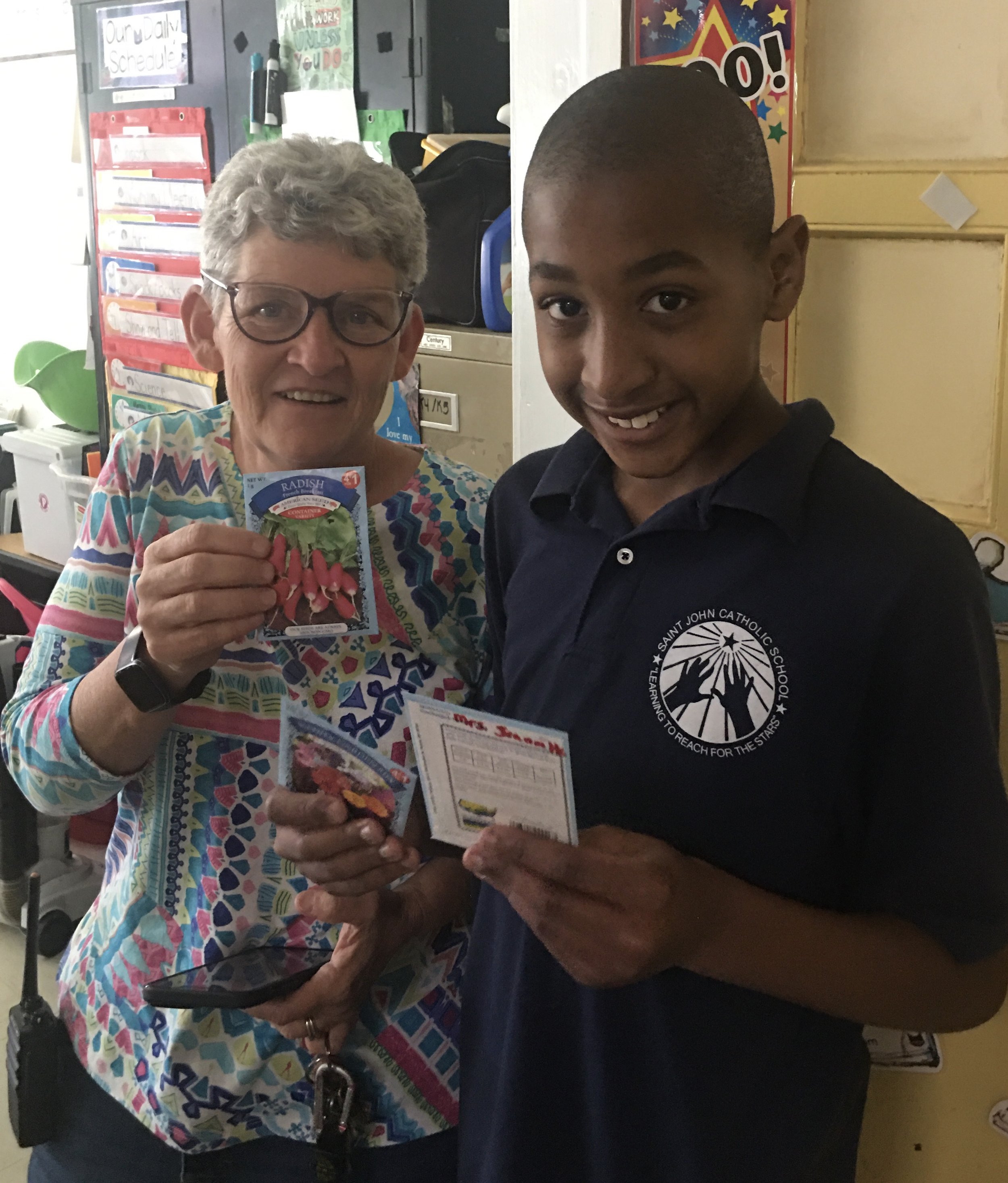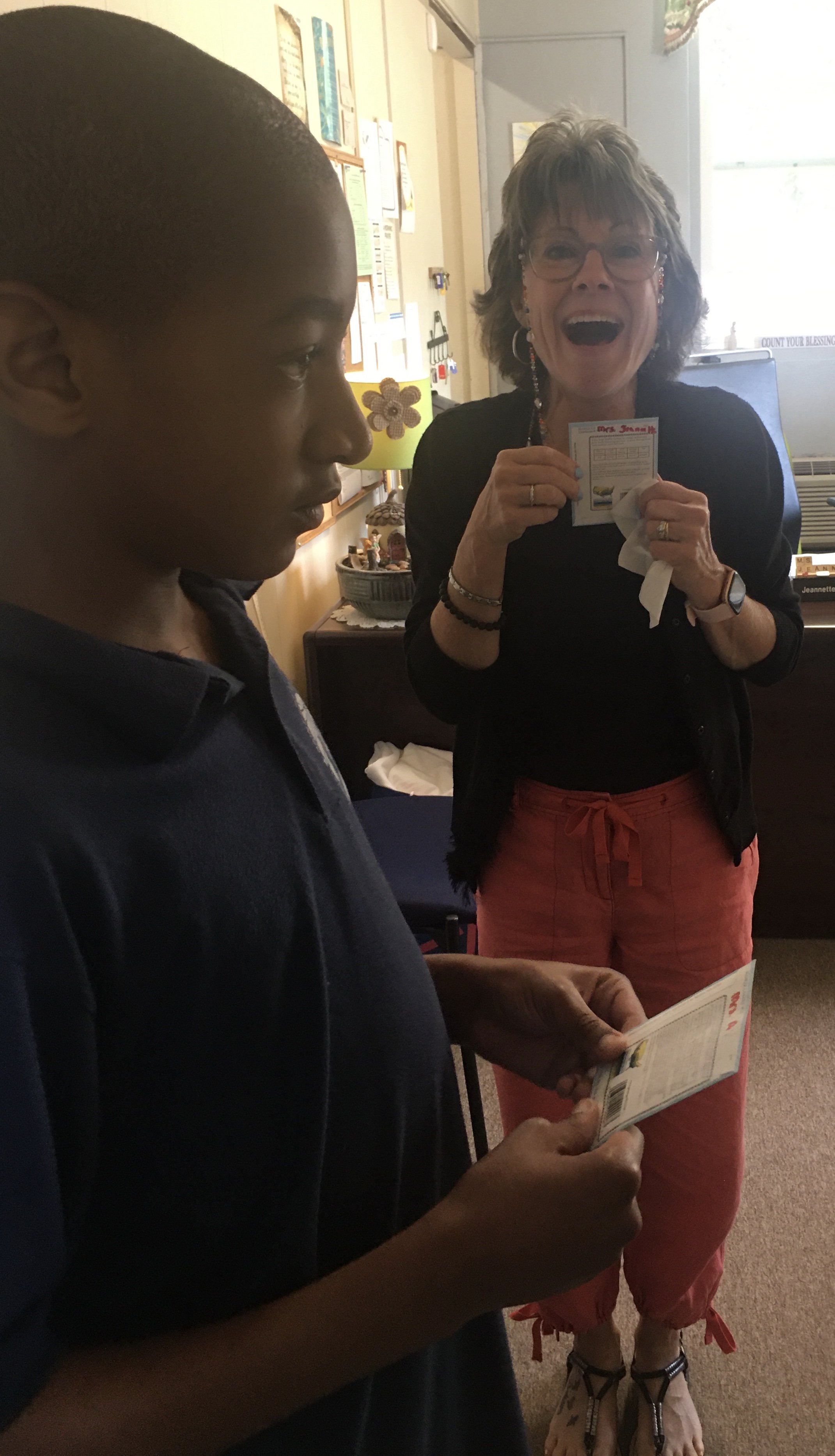FableVision Learning Spotlight Blog
Categories
- Animation-ish 42
- Books 21
- Civics! 2
- Classroom Spotlight 17
- Conferences and Events 20
- Creative Educator 3
- Creativity 25
- Distance Learning 13
- Dot Day 22
- FabClassroom 28
- FabFriday 19
- FabMaker Studio 66
- FabMaker Studio Classroom 13
- FableFive 7
- FableVision Games 3
- Free Educator Resources 36
- HUTCH 1
- Home Activities 5
- In the Classroom 34
- In the News 11
- International Dot Day 23
- Ish 1
- Library 1
- Mapping the World by Heart 7
- Paul Reynolds 10
- Peter H. Reynolds 54
- Professional Development 9
- STEM/STEAM 20
- Storybook Academy 2
- Teacher Spotlight 14
- The Dot 17
- The North Star 2
- Words and Their Stories 1
- Zoombinis 3
3 Ways to Make Your Classroom More Creative and Why
Creativity is one of the most powerful actions our brains can carry out. Some people think that being creative is something extra, like the seasoning on a meal, but in truth it is the meal. Without creativity, it’s as though you’ve just got raw ingredients (like knowledge, ideas, and know-how); however, when you use creativity to combine those ingredients in a meaningful way, you’ll find that you’ve turned individual components into something substantial, useful, and unique.
That’s why in Bloom’s Taxonomy, “creating” is at the top!
Creating something new and useful is the work of progress. Both the Partnership for 21st Century Skills and the World Economic Forum’s Future of Jobs report list creativity as a vital skill that’s only growing in importance. Both also include complex problem-solving in their lists, which requires creative thinking because known solutions don’t exist for complex problems.
You know we love drawing and painting, but we also know that creativity is much more than that. Creativity is where new inventions, medical breakthroughs, musical masterpieces, scientific discoveries, great novels, philosophical theories, and so much more are born. For students, the creativity that leads to those amazing things starts as practice in solving everyday problems with a creative mindset, in trying again and a little differently when something doesn’t work, in thinking up lots of ideas before choosing the one to go with, in dreaming up outlandish possibilities, in taking time to wonder about the things around them, in coming up with unusual ways to put things together, in being brave enough to test out their thinking.
We are here to help teachers understand and value these creative skills so they can provide students the opportunity to practice them and become confident creators. Many of these students will go on to change history, but equally important are those who learn to create meaning in their lives and the lives of those around them through their creativity.
Here are three ways to make your classroom more creative today.
Respond in an open way. When a student provides a wrong answer, instead of saying, “No” or “Not quite” or even “Try again,” try staying open and saying something like, “Interesting, can you explain your thinking?” or “Walk us through how you got there.” Mistakes can be the most valuable learning tools, but not if the response to them shuts down further thinking. Also try these same phrases for correct answers! Just saying “Yes!” to a correct answer puts an end to the thought process as well.
Surprise your students. The science of surprise is fascinating and tells us that surprising moments pique curiosity and create the desire to share with others. Not to mention that playfulness is a creative skill. Students will remember and talk about novel moments in class. So, wear a crown when teaching about monarchies, have the students work UNDER their desks for a while, play rainforest sounds over speakers when studying the rainforest, or have a puppet give a mini-lesson. The limit is only in your imagination.
Provide opportunities for divergent (possibility) thinking. This means giving the students time to think of a lot of ideas around something they are working on. Perhaps have them write 5 different ways to open a story or other piece of writing before they choose which one to use, or see if they can come up with 5 different ways to solve the same math question, or give them the answer to a question (igneous rock!) and have THEM come up with possible questions for which that is the answer.
Good luck!
Sara Smith is the Director of Creative Education at FableVision Learning. Sara is an experienced K-12 educator, creativity facilitator and curriculum designer. She is an amateur but enthusiastic ukulele player and improv actor. She earned her master's degree in creativity from SUNY College at Buffalo. Now she works with FableVision Learning to inspire creative thinking in teachers and students through professional development and joyful learning experiences. She lives in Charlotte, NC, where she can happily and unabashedly use the word y'all.
CITATIONS:
3 Ways Creativity Principles Can Fuel Self-Acceptance
By Sara Smith, Director of Creative Education at FableVision Learning
As educators and caregivers, we want to help children develop a strong sense of self. We know fostering a healthy self-image is vital for a child's overall well-being. Fortunately, the science of creativity offers us three valuable principles that not only promote creative thinking but also help build confidence, resilience, and self-worth.
1. Embracing Divergent Thinking: Quieting the Inner Critic
At the heart of creativity lies divergent thinking – the ability to generate many, varied ideas. Part of divergent thinking is deferring judgment, or waiting to evaluate our ideas until we have fully explored the possibilities and allowed ourselves to freely express our imagination without fear of criticism or limitation.
Teaching children how to defer judgment means encouraging them to quiet that inner voice that tells them their ideas aren't good enough. It means not being dismissive when they express ideas that may be silly or impossible. It looks like asking for their thoughts and ideas and being willing to try out new ways of doing things based on their contributions. It sounds like responding to them with genuine curiosity and interest. Modeling openness and acceptance is the best way to instill it in our young ones.
Not only does this principle create a climate of openness and acceptance, but it can also teach children to love and accept themselves. As students learn to silence their inner critic and embrace their originality, they begin to cultivate an appreciation for their own ideas and capabilities. As they remain open to the beauty of new ideas when ideating, they learn to be open to the beauty of who they are and the uniqueness they bring to the world.
2. Affirmative Judgment: Focusing on the Positives
In the creative process, we do need to eventually evaluate and converge on our ideas. Here, affirmative judgment plays a crucial role. When we engage in affirmative judgment, we focus on what’s right, what’s good, and what’s positive about ideas rather than immediately jumping to all that is wrong or impossible. This keeps us focused on how to move forward rather than feeling defeated.
Encouraging children to look at their ideas and their work with an affirmative perspective builds their self-worth and self-acceptance. When students become practiced in seeking out the positives, they are more able to see their own strengths and best qualities.
Children hear the way we talk about ideas, about others, and about ourselves. To stock their self-management toolbox, they need to witness affirmative judgment from us. They need to hear us tell others what we appreciate about them; they need to hear us talk about what we care about and then watch us seek it out; they need to hear us express our own strengths with pride. They also need to hear us say good things about them, because the way we talk about them becomes their self-talk, and positive self-talk is one of the most powerful tools for improving our self-image.
3. Embracing the Iterative Process: Reframing Mistakes
Creativity is a journey that can be messy and full of obstacles and setbacks. Fumbles and failures inevitably require us to go back and try again a little differently, over and over. Accepting that as part of the process allows us to be resilient when we run into issues or things don’t go as we hoped or expected.
Our lives are also creative projects. When we can view ourselves from a creative perspective, we see that, of course, mistakes and missteps are going to be part of the process of being a person. Knowing this gives us permission to forgive ourselves, recognize our potential, and pick back up and continue trying.
Apply this principle by reminding the children in your life of the times they were resilient and persevered. Tell them about times you made mistakes and learned from them. Reassure them that they are wonderful and loved, even when they’ve messed up.
Creativity serves as a powerful tool in nurturing self-acceptance in children, providing them with the skills and mindset needed to navigate the hard parts of being human. By fostering a culture of creativity that celebrates uniqueness and expects iteration, we empower children to appreciate their imperfections, embrace their strengths, and to see themselves as the valuable humans they are.
Did you know that FableVision Learning offers an online Creative Educator Certification Program? At the end of this year-long certification program you will be prepared to teach creatively, nurture the creative spirit of your students, and practice the tools and skills of creativity in the classroom.
Sara Smith is the Director of Creative Education at FableVision Learning. Sara is an experienced K-12 educator, creativity facilitator and curriculum designer. She is an amateur but enthusiastic ukulele player and improv actor. She earned her master's degree in creativity from SUNY College at Buffalo. Now she works with FableVision Learning to inspire creative thinking in teachers and students through professional development and joyful learning experiences. She lives in Charlotte, NC, where she can happily and unabashedly use the word y'all.
South Carolina Teacher Takes Classroom to Next Level With FableVision’s Creative Educator Certification Course
The following blog post was written by Tyler Stott, an intern at FableVision Learning.
Molly Myer, a teacher at Saint John Catholic School, in South Carolina, has taken her teaching to the next level with FableVision Learning’s Creative Educator Certification Course. Myers shared that this course is helping her learn more about creative learning as has also been using Animation-ish and FabMaker Studio.
“The Certified Educator Course has been a lot of fun to work on. It is helping me to think more outside of the box. It ties in beautifully with my students’ Passion Projects which they are starting to work on. The student creativity guidebooks provided are an excellent tool to help my students come up with their Passion Projects topics. I love the self reflection that they are doing in these guidebooks,” Myer said.
Not only has the course provided her classroom with a lot of fun STEM activities, Myer says that it has changed her approach to teaching.
“The course offers such a great opportunity to go through it at my own pace and come back to materials. It is helping me to be more reflective as a teacher and to take my time, “she explained and added, “It has helped me to come up with ideas on how to best help and motivate a child who might be hesitant about trying.”
Students of Myer create their own original ideas and projects on applications such as FabMaker Studio and Animation-Ish, which are provided by FableVision Learning. Myer has loved watching every moment of it.
“The students love (the programs). It is so neat to see even the most hesitant student comfortably navigate this amazing tool. The creativity I have gotten out of my students using these amazing tools has been life changing,” she shared.
Check out the photos from her classroom.



























